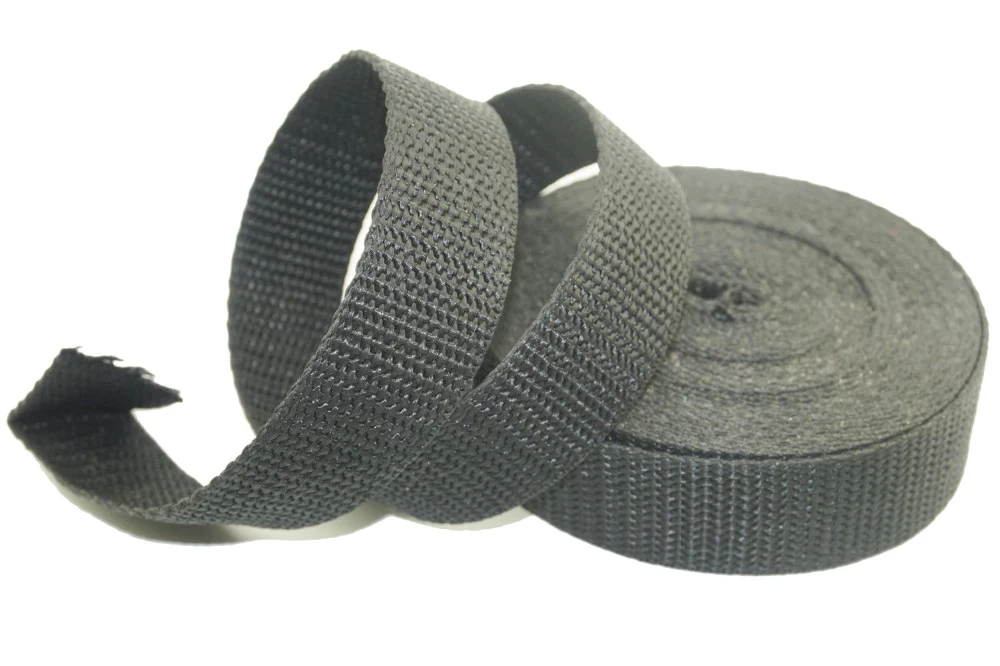Nylon is a polyamide fiber that can be woven into ropes and fabric. The material is strong and flexible, with good abrasion resistance, oil resistance, and low moisture absorption. It’s used in many places including as the webbing on most backpacks because it’s very durable.
Introduction
The most well-known nylon Ratchet Load Binder is a couple crawls in width. Nylon webbing is often used for cargo straps and other types of straps because of its strength. It is also popular for use in tanks because it can hold a lot of weight. Nylon webbing comes in different colors and lengths, so you can find the perfect strap for your needs.
History of Nylon
Nylon was first patented in 1935 by DuPont. It quickly became popular for use in a variety of items, including parachutes and nets. Nylon webbing has been used in tanks since World War II, when it was found to be strong enough to support the weight of armor. Today, nylon is used extensively in a variety of applications, from clothing and equipment to construction materials.
Types of Nylon available
Nylon is a tough and durable material that is perfect for use in both tanks and cargo. There are three main types of nylon webbing: Type I, Type II, and Type III.
Type I nylon is the most common type of nylon webbing. It is strong and durable, but not as resistant to abrasion as other types of nylon webbing. This type of nylon is best suited for general cargo applications, such as sacks or boxes.
Type II nylon is a stronger version of Type I nylon. It can withstand more wear and tear than Type I nylon, making it better suited for use in military equipment or vehicles.
Type III nylon is the strongest type of all three types of nylon webbing. It can withstand even greater amounts of wear and tear than either Type II or Type I nylon, making it perfect for use in heavy equipment or armor.
Strength Testing
Nylon webbing is a strong and durable material that is often used in military applications. However, it is also a great option for cargo straps, as it can support a significant weight while remaining flexible.
To test the strength of nylon webbing, manufacturers commonly use either a weight or a tensile test. In the weight test, the webbing is weighted and then pulled until it breaks. In the tensile test, the webbing is stretched until it tears.
While both tests are reliable ways to measure the strength of nylon webbing, they have some limitations. For example, they only measure the maximum load that the webbing can withstand before breaking. This means that smaller amounts of tension may cause more damage than if the same amount of force was applied over a longer period of time. Additionally, both tests are difficult to replicate in an uncontrolled environment. This means that different laboratories may give different results depending on their equipment and methods.
Conclusion
Nylon webbing is strong enough to be used in a tank, but it’s also versatile and perfect for carrying cargo. Whether you’re looking to build a custom cargo net or simply need some sturdy straps to hold your gear, nylon webbing is the answer. Not only is this material durable, but it also has a low weight-to-strength ratio, which means it’s easy to strap down and transport large objects without breaking them.
